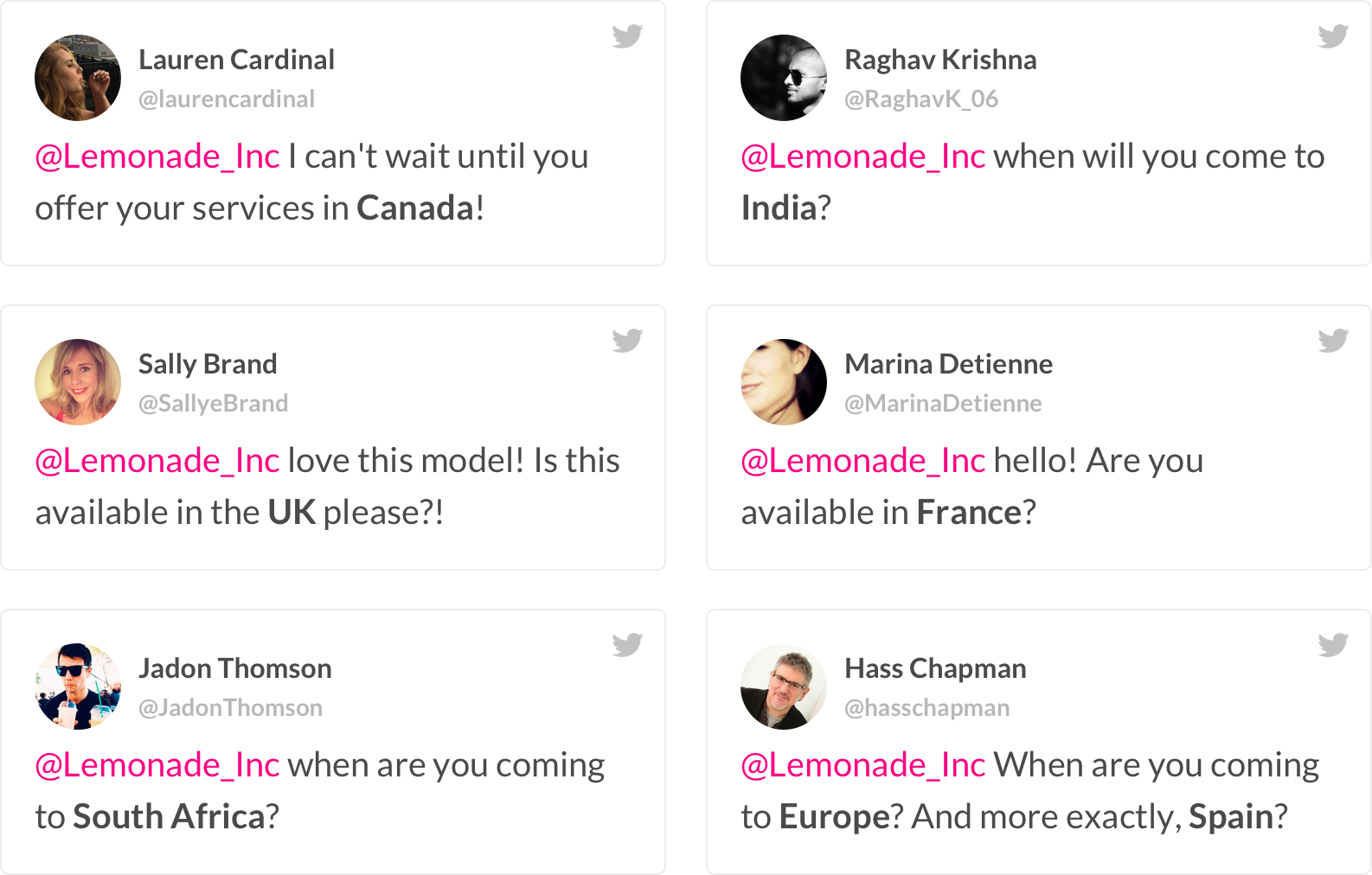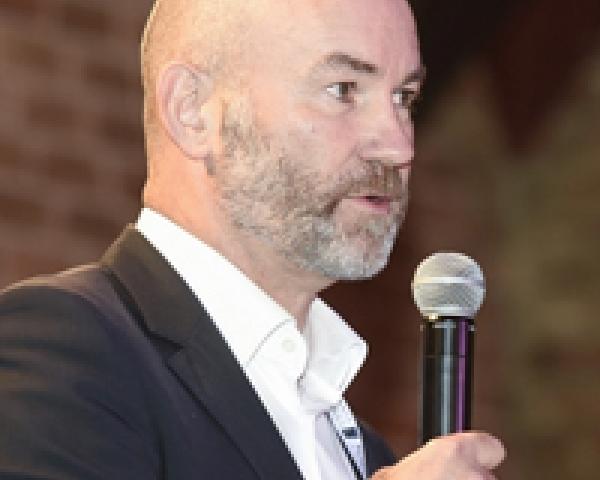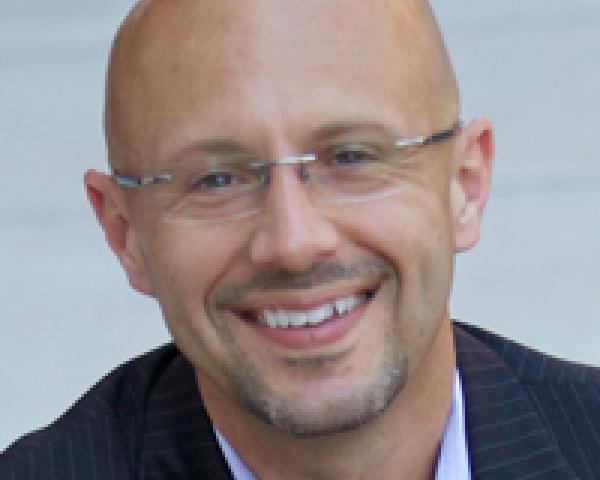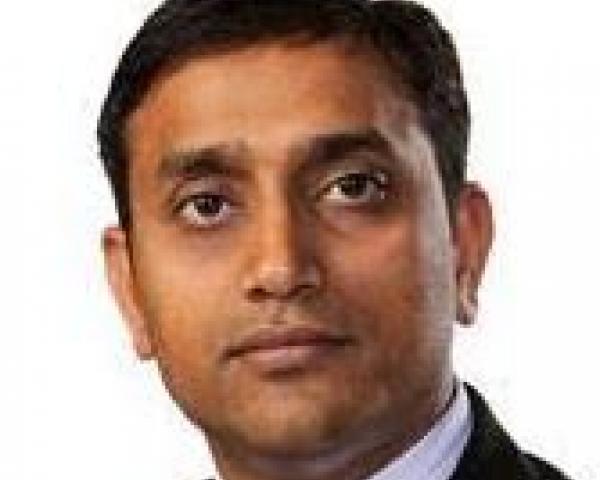It’s time for the 2017 Deplorables Awards, lovingly bestowed on those vendors who do the best job making other vendors look good.
The good news is that you don’t have to actually win the Deplorables Award to sue me. Runners-up are eligible, too. Here is my address for hand-service delivery most of the year:
890 Winter Street #208, Waltham MA 02451
In case you decide to sue me between June 22 and Aug. 8, use:
8 Paddock Circle, Chilmark, MA 02535
And don’t leave out my attorney:
Josh Gardner, GARDNER & ROSENBERG P.C., 33 Mount Vernon St., Boston, MA 02108
I don’t know how much more I can do for you, other than lick the envelope. So go for it. Don’t make me beg.
But, remember, unlike with your usual business model, in court you are required to actually tell the truth (I would be happy to explain to you how that works), meaning there is no chance of your winning — or likely even avoiding summary judgment, because none of the evidence is in dispute. It’s all your own writings. Oh, and I do my own cross, which means you won’t be able to find an expert witness. Anyone who knows enough about wellness to be an expert witness also knows enough about wellness to know that attempting to defend you would be a humiliating, on-the-record experience.
And there is always the chance that some annoying jerk might blog about it…
The 2017 Runners-Up
Springbuk and Fitbit
As many of you recall, earlier in the year we analyzed the
study done by Springbuk that was secretly financed by Fitbit. Or maybe I need new glasses, because I just couldn’t find the disclosure in the Springbuk report that this paean to Fitbit was financed by Fitbit, much as Nero used to have the judges award him Olympic medals.
Coincidentally, the study showed Fitbit saving gobs of money because employees taking more than 100 steps a day spend less money than those taking fewer. However, a simple tally of one’s own footsteps shows that it is impossible
not to take 100 steps a day unless you are both:
- in a hospital bed; and also
- on dialysis.
This 100 steps-a-day threshold was repeated many times in the study, with no explanation of how that number came to be. However, it turns out we owe these two outfits an apology. Fitbit and Springbuk have told a number of people privately (not publicly, to avoid an embarrassing news cycle) that they
didn’t really mean to say that 100 steps a day constituted activity. They meant to say that taking 100 steps a day
implied you had your Fitbit on. My apologies for failing to read their minds that their conclusions were based on reading people’s minds to determine whether they wore the Fitbit deliberately, or simply forgot/remembered/cared to put their Fitbit on.
Springbuk and Fitbit never did explain — privately or publicly or to anyone — how employees who
took an average number of steps during the baseline year could show huge savings by taking an average number of steps in the study year, too.
They also never explained how these two statements didn’t completely contradict each other, even though I specifically asked them to in a personal letter, excerpted here:
Third, can you reconcile this statement…:
“The materials in this document represent the opinion of the authors and not representative of the views of Springbuk, Inc. Springbuk does not certify the information, nor does it guarantee the accuracy and completeness of such information.”
…with this statement:
“This demonstration of impact achieved by integrating Fitbit technology into an employee wellness program reinforces our belief in the power of health data and measurement in demonstrating ROI,” said Rod Reasen, co-founder and CEO of Springbuk.
National Business Group on Health
Next up is the National Business Group on Health. Last year, they made the list
for criticizing the U.S. Preventive Services Task Force for not demanding enough screenings, in a country that is drowning in them. Not content to rest on those laurels, this year they earned an Honorable Mention for inviting Dr. Oz to keynote on
the role of quackery in corporate wellness, and perhaps tell us about his latest
lose-weight-by-eating-chocolate miracle diet.
See also: How Advisers Can Save Healthcare
Health Enhancement Research Organization
HERO, of course, also earns a runner-up award. 2017 will be remembered as the year they finally came to grips with the realization that a business model based on fabricating outcomes requires that perpetrators possess that critical third IQ digit. Without that extra “1”, an organization trafficking in math that can at best be considered fuzzy is going to be outed.
This year’s set of lies?
By way of background, their 2016 poison-pen letter insisted they had
fabricated that data set showing that wellness loses money without disclosing that it was fabricated — and also never reviewed their fabricated data before publication. Early in the year, I had the insight that, wow, this “fabricated” chapter in their guidebook is so much better than the other chapters that something is amiss. No one at HERO can analyze data competently…and yet, here it was, a competent data analysis.
I did something I had never thought to do before, which was look up the actual author of that chapter. It was Iver Juster, MD. He was a great analyst even before he read all my books, took all my courses and achieved all my certifications in Critical Outcomes Report Analysis.
So I called Iver. Here’s what I learned:
- Whereas Paul Terry and Ron Goetzel had insisted that Iver fabricated the data, Iver said that, of course he didn’t — whatever made me think that? (“If it wasn’t real, I would have disclosed that,” he observed. Of course, he would have. Iver has tremendous integrity.)
- The board discussed and reviewed his chapter at length and made helpful suggestions, for which he was quite grateful. This review process required “countless hours,” just as the HERO document says:

The number of transparent lies HERO tells could make a president blush. In the immortal words of the great philosopher LL Cool J,
they lied about the lies they lied about.
Even though 2017 was an off-year for them in terms of the number of lies, they still told enough to be named a runner-up.
Wellness Corporate Solutions
Next is Wellness Corporate Solutions,
famous for its crash-dieting contests. WCS now offers a water-drinking contest. The idea is to set up a “challenge” for your team to drink more water than other teams.
They call this a “healthy competition.” I guess they didn’t get the memo that forcing yourself to drink when you don’t want to drink, just to make more money,
is anything but healthy. Here is a novel idea: Drink when you are thirsty. Evolution 1, WCS 0.

Perhaps as an encore, WCS, Dr. Oz and the National Business Group on Health could team up to offer a chocolate-eating contest.
I looked into this outfit to see where they get their ideas. The CEO previously ran something called the Washington Document Service. That qualifies her to run a wellness company. As Star Wellness says, to run a wellness company successfully, your background
needs to be in sales, or “municipality administration.” After all, what is more central to administering a municipality than documents?
Wellsteps
What fun would a list of runners-up be
without Wellsteps, the proud recipient of the 2016 Deplorables Award? While their streams of consciousness weren’t as memorable in 2017 as in 2016 (“
It’s fun to get fat. It’s fun to be lazy“), they get credit for trying. Their 2017 weight-loss campaign was headlined: “This campaign is not really about weight loss, it is about helping you apply the behavioral secrets of those who have lost weight.”
So if your kids ever want you to teach them how to ride a bike, say: “It’s not really about riding a bike. It’s about helping you apply the secrets of people who have ridden bikes.”
And what secrets are we talking about? What person who has lost weight doesn’t brag to everyone or even write a book? If there is a secret to weight loss, like eating chocolate, Wellsteps owes it to the country to tell them. Don’t make us beg.
See also: Should Wellness Carry a Warning Label?
Odds and Ends
No Koop Award winner this year, but an honorable mention to past winners and runners up for their commitment to wellness:
Sounds like in 2018 the logical winners would be Philip Morris, or maybe the Asbestos Corporation of America.
Veering briefly into the public sector, kudos to Rep. Virginia Foxx, (R-NC5) for introducing
the Required Employee DNA Disclosure Act. Even HERO thought it was a dumb idea…and their threshold for thinking something that increases wellness industry revenue is a dumb idea is quite high, having all rallied behind the
Johnson & Johnson fat tax, in which companies would be required to disclose the weight of their employees.
Next up…the winner of the 2017 Deplorables Award




















